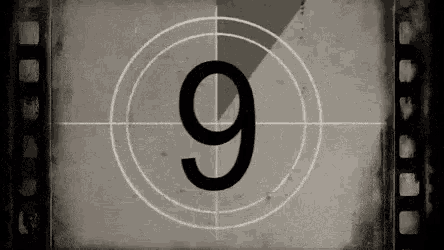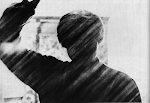By Steve Evans
Finishing up my mini-festival of John Cazale films today with
an evening screening of The Deer Hunter, that epic, heartbreaking and long (but
not too long) exploration of Vietnam-era Americana and small-town values. Oh.
And it also took the Oscar for Best Picture of 1978.
Unlike most critics and film historians, I never thought The
Deer Hunter was “about” the Vietnam War. Rather, it is about three men of identical
working-class backgrounds but markedly different personalities, and how they each
cope with horrific, life-altering circumstances as a consequence of going to
war. It is a study of masculinity, of what it means to be a man and how a man
responds to seemingly impossible situations.
John Cazale’s character Stan is peripheral to this theme. He represents the weak male, the ineffectual hanger-on whose identity depends on the men he can surround himself with. The central characters are played by Robert De Niro, Christopher Walken (in an Oscar-winning performance) and John Savage (a last minute replacement for Roy Scheider, who quit the production and opted, instead, to star in Jaws 2).
While the film itself remains a devastating emotional experience, it also has the distinction of containing the single greatest sequence of unbearable intensity and suspense in the history of motion pictures. Period. I refer, of course, to the infamous sequence where De Niro, Walken and Savage are held in a Vietcong POW encampment, forced to play Russian roulette for the gambling amusement of their captors, along the most desolate stretch of rat-infested river ever seen in film.
I should mention now that I have probably seen close to 15,000 motion pictures during my lifelong love affair with the cinema. Never have I seen a more terrifying and emotionally exhausting sequence than the Russian roulette tortures endured by the protagonists of this film. It ranks among the most brilliantly constructed 15 minutes of film in the history of the medium.
I saw this picture when I was 15 years old and it haunted me for days afterwards. I watched it again this afternoon and found myself in the same vise-grip of total involvement that I first experienced more than 36 years ago.
Every time I view The Deer Hunter I challenge myself to a different question. Three decades ago, I wondered how I would handle myself in the same circumstances. Today the film gave me reason to consider just what I am prepared to do to ensure the well-being of my children and my own self-preservation in the face of ungodly obstacles.
These are provocative thoughts to consider, my friends. Be glad you are seldom faced with such choices.
But if it should ever come down to it, I now know unequivocally that I will follow De Niro’s lead and bring the situation to its inevitable conclusion.
“Mau!”
Yeah? Just try me.
Cinema Uprising copyright © 2014 by Steve Evans. All rights reserved.







